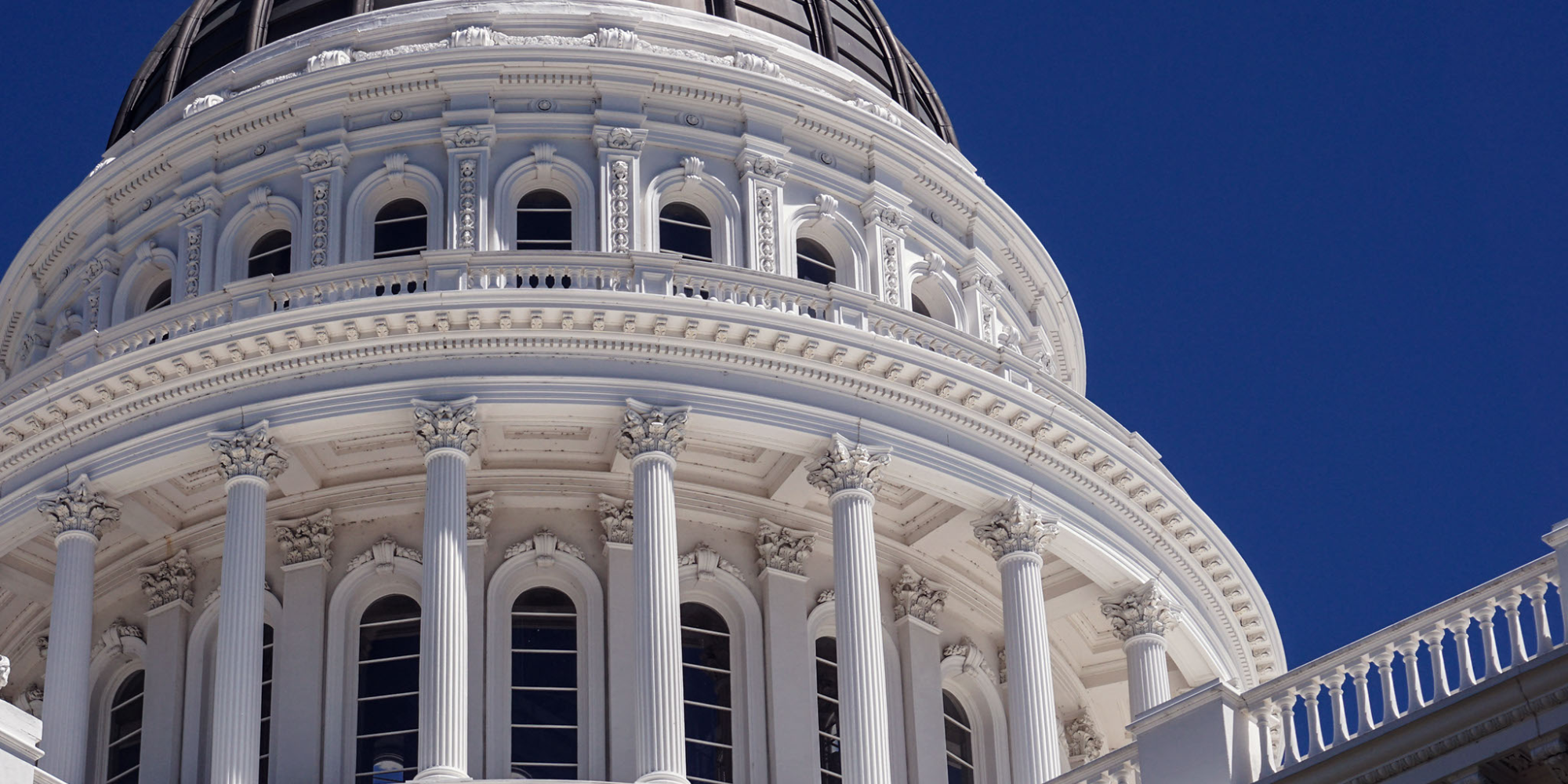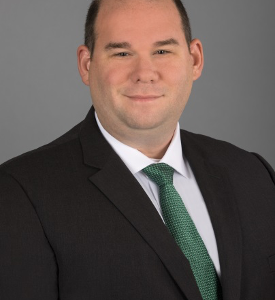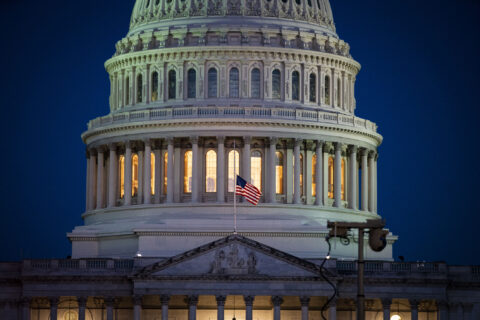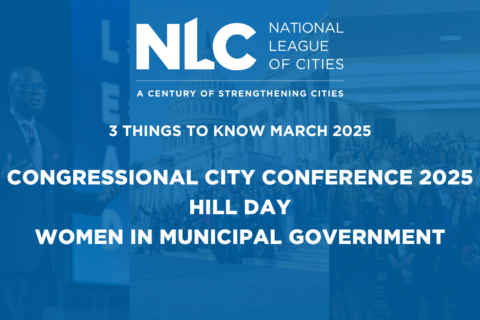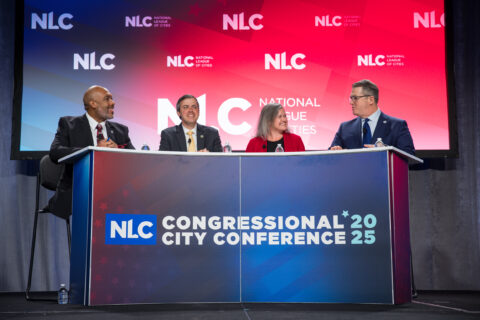One of the most visible challenges city policymakers are facing today are states that preempt their lawmaking abilities. Our research defines preemption broadly, as the use of coercive methods to substitute state priorities for local policymaking. North Carolina’s “Bathroom Bill” (H.B. 2) limited their cities’ rights to pass anti-discrimination laws (among others). Other cities face preemption of policies including minimum wages, gun regulations, and zoning ordinances. Yet, state preemption is not a new phenomenon. By looking at the four periods of modern preemption, city policymakers and administrators can gain insight into how to address potential state preemption of their own policies.
One of the first forms of preemption to be used by states was tax and expenditure limitations (TELs). The impact of the TELs imposed by states has altered the relationship between local governments and their constituencies, while also significantly altering their capacity to provide public goods and services. The imposition of TELs by states forced local governments to innovate, with local governments turning to special districts and unrestricted forms of revenue such as user fees as a means of escaping the preemption traps established by states. Local governments could shift the burden of some services from their own jurisdictions and preserve their revenue raising ability.

In the 1980s and early 1990s, the federal government attempted to deal with fiscal stress by devolving many programs to the state level, with states in turn mandating local action. While not exactly preemption, state-imposed unfunded mandates have features of preemption. In essence, an unfunded mandate substitutes the state legislature’s policy priorities for the local government’s policy priorities. Generally, local governments have little recourse against mandates, though some local governments responded by lobbying their state legislatures to impose constitutional or statutory requirements to reimburse local governments for the mandates’ cost. This legislation and referenda blunted some of the impacts of unfunded mandates.
In the 1990s and early 2000s, state preemption often related to policies affecting public health. Many of these preemptions limited the extent to which cities could regulate health-related industries, often in contrast to the advice of public health experts. The most common explanation for preemption was the influence of powerful interest groups. For example, the tobacco lobby was especially instrumental in getting states to adopt preemptions of tobacco regulation and clean air bills. While public health organizations are more effective at the local level, industry groups lobbied effectively at the state level. Although public health preemptions decreased over time, public health advocates still worried about the negative consequences of these preemptions.
One area of preemptions that has seen significant attention over the previous year are public health preemptions related to the COVID-19 pandemic. In the early days of the outbreak, cities began to adopt their own policies to curb the spread of the virus. Many governors also responded to the pandemic by issuing more than 1,0000 executive orders, some of which preempted their cities from taking action. Almost half of the preemptions set policy minimums, called floor preemptions, and another quarter set policy maximums, called ceiling preemptions. In Georgia, for example, the state preempted city action by preventing the adoption of any local ordinances that would require masks or other personal protective equipment to be worn. The remaining preemptions used some combination of both floor and ceiling action to direct the behavior of cities in a state-preferred manner.
State preemption is not a new phenomenon. By looking at the four periods of modern preemption, city policymakers and administrators can gain insight into how to address potential state preemption of their own policies.
Aside from the preemptions related to the pandemic, the usage of state preemption of local ordinances seems to be accelerating in recent years; however, there is no discernible pattern to the policy areas currently being preempted. Rather, these new preemptions are aimed at preventing local regulation without any concurrent state regulation. Local action has drawn the ire of state policymakers and they have responded by limiting local authority in increasingly punitive ways.
Given the often-punitive nature of the new preemption, local governments have limited options on how to respond. Recently, the National League of Cities released a report suggesting a three-pronged response strategy. This includes communicating the problem of preemption to local voters and state elected officials, forming coalitions to fight preemption, and using the court system when available. The approach suggests working within the potential punitive constraints of the new preemption may be the only real option available to many local governments.
State preemptions are not all inherently normatively good or bad. For example, some preemptions hurt public health by limiting tobacco regulation while other preemptions improve health by banning hand-held phones while driving. What is clear is these state preemptions are unlikely to stop, so it is up to cities to develop an appropriate strategy for dealing with existing and potential preemption. By looking at previous preemption eras, the common local government response was to innovate. Cities will likely need to continue to develop new ways of governing that are not subject to preemption. However, an effective strategy also appears to be fighting against preemption, through both anticipatory and reactive lobbying as well as appealing to the public for support. Involvement in organizations such as the National League of Cities will be essential as cities seek to share information, build inter-governmental collations, and develop best practice policy responses.
This is adapted from a recently published paper entitled, “State Preemption of Local Laws: Origins and Modern Trends” that can be downloaded here.
